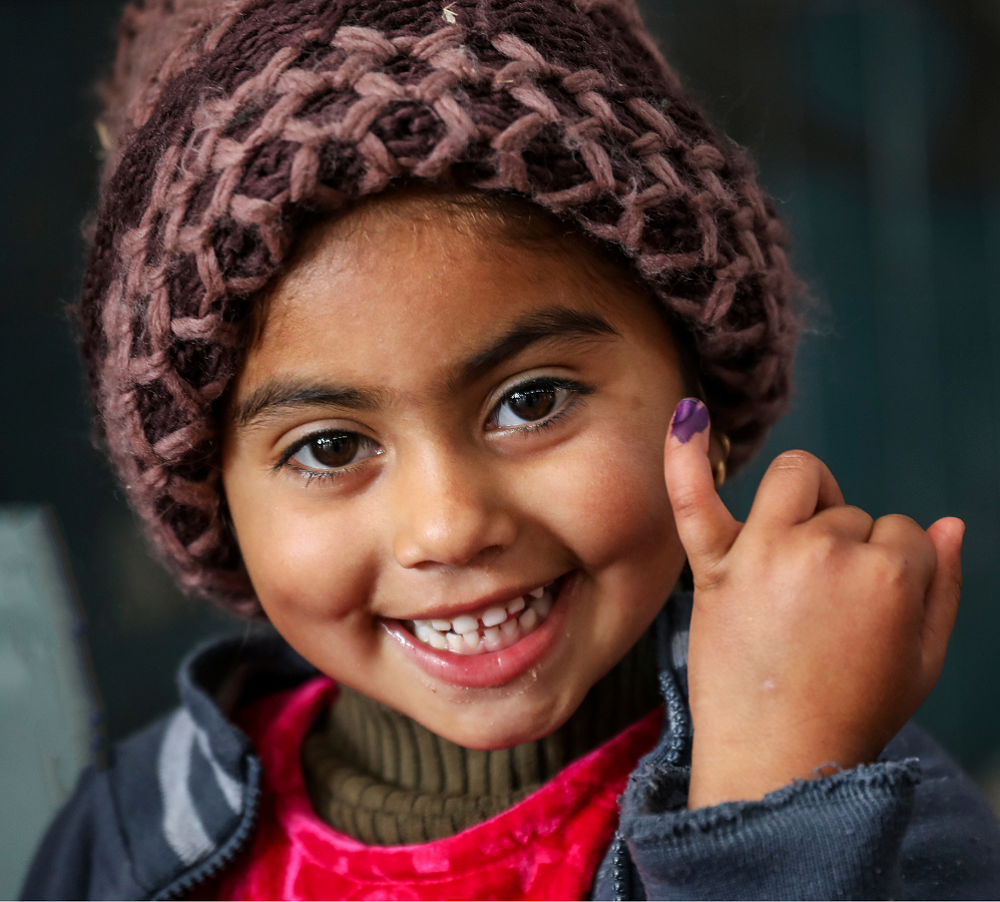
WHY IS THE GLOBAL ERADICATION OF POLIO SO COSTLY?
Between 1988, when the Global Polio Eradication Initiative was formed, and 2021, more than US$18 billion was spent on trying to rid the world of polio. The money has resulted in a 99% reduction of polio cases, and there is good evidence that we may see the last cases in 2023. However, it is estimated that another US$4.8 billion will be required to complete this historic task. Why is so much money required?
Article by PDG Murray Verso, End Polio Now Coordinator
More than one hundred public and private donors have given to the global programme to eradicate poliomyelitis since it was begun by Rotary in the early 1980s. In addition, national governments have contributed to their own polio eradication efforts. The expenditure of US$18 billion and the diverse funding base underscores the global desire to eradicate polio world-wide.
The top three donors have been the Bill & Melinda Gates Foundation (USD 4.6 billion), the United States government (US$ 4.0 billion) and Rotary International (US$2.3 billion). The Australian government has provided US$150 million during this time.
The estimated cost of US$4.8 billion to reach complete eradication is based primarily on cost drivers such as:
- immunization activity in the two remaining endemic countries,
- ongoing surveillance and containment in non-endemic countries when polio outbreaks occur,
- producing and maintaining a stockpile of oral poliovirus vaccine,
- awareness and education campaigns,
- identifying and addressing gender-related barriers to immunization and disease surveillance,
- political advocacy to ensure support for immunizations and outbreak responses,
- funding of staffing at WHO and UNICEF country, regional and headquarter offices to support eradication.
A fully funded polio eradication effort means 370 million children will be vaccinated each year for the next five years. It also means continuing global surveillance in 50 countries to detect any poliovirus from any source. It means the end of the line for the poliovirus.
Economists have estimated that this investment in polio eradication may cumulatively save an estimated US$33.1 billion in health care costs by 2100.
Each year, Rotary International commits to raising US$50 million to end polio. This is matched by US$100 million from the Bill & Melinda Gates Foundation (BMGF). RI and BMGF have agreed to maintain this combined support at least until 2026. However, last year’s fundraising efforts saw us fall several million dollars short of our $50 million target and the balance had to be made up from the Rotary Foundation’s World Fund.
If every Rotary district, every club, and ideally every Rotary member, contributed to the cause each year, we would have no trouble reaching our $50 million target.
The marathon to eradicate polio is on its final lap. After millennia of living with poliovirus and suffering the paralysis it causes, the finishing line is in sight. But the final stretch is the hardest. The Polio Eradication Strategy 2022–2026 is a well thought out and well supported strategy but it is costly. As the pie chart below indicates, it involves more than simply funding vaccinations. Please ensure that your club contributes to End Polio and if possible, make a personal contribution yourself.

Gallery
